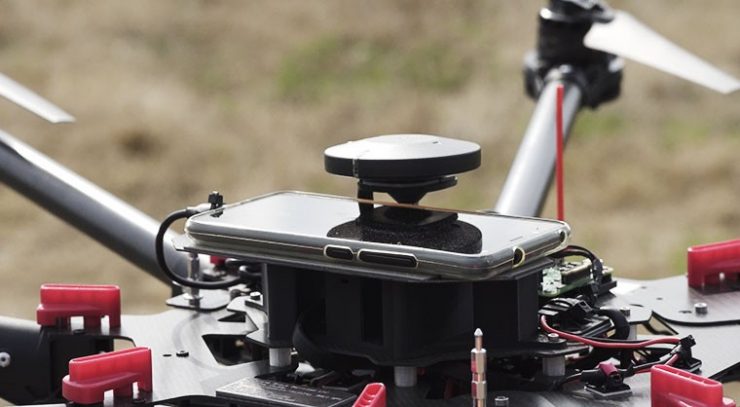By Jenny Beechener
Communications network provider Vodafone is testing a range of U-space services based around its cellular network. European trials launched three years’ ago demonstrate capabilities such as Radio Positioning System (RPS), beyond visual line of sight (BVLOS) command and control, dynamic geo-fencing, interference management, and a drone cloud concept, according to Victor Fernández Cerdeño, Vodafone New Technologies and Innovation specialist.
Fernández was speaking at the U-space Network Demonstrators webinar hosted by Eurocontrol on 14 May 2020. “We are moving to a platform model using standard Application Protocol Interfaces (APIs). This makes it easier to work with customers…and explore different capabilities,” he said. The aim is to provide a portal through which any customer can log-in and integrate these services into their system. This “network as a platform” would allow Vodafone to offer not just connectivity, but a range of other services through the use of these APIs.
Vodafone has demonstrated its drone cloud concept, moving information in real-time to the cloud to provide online services. In the company’s latest trial, static, temporary and dynamic Non-Fly Zone (NFZ) information was shared using the cloud, relayed data automatically to multiple drones “showing what can be done online,” said Fernández. “Non-critical functions, for example image processing, can move to cloud. There would be less hardware on the drone, enhanced privacy and automatic updates.” Vodafone is also working on critical areas including autopilot and navigation functions, where Fernández admits availability needs to be close to 100%. “The drone would become lighter, safer and consume less power.”
Vodafone is also researching ways to manage network interference caused by drones. “This can be a problem, so we are developing measures to manage this,” said Fernández.
The majority of Vodafone demonstrations rely on the 4G cellular spectrum which “is good enough to support deployment of a network of drones,” said Fernández. “Performance can be improved,” so the company also runs 5G trials to benefit from lower latency. This improves from a figure of 60 milliseconds using 4G to as little as 5 milliseconds when operating on 5G. Trials conducted at the start of 2020 demonstrated the technology in an urban environment in Spain.
Cellular networks already provide widespread connectivity for drones, an area where Fernández sees continued growth. He identifies four reasons mobile networks are ideally suited to these applications:
- The network is standardised worldwide and is available to use today
- It uses licensed spectrum so provides reliable connectivity
- The mobile network includes inherent security features which can be augmented if required
- The network is an enabler. Drone operators can make use of capabilities like identity, authentication, updates, and warnings provided by the network to support safe operations.
For more information visit:
https://www.eurocontrol.int/product/european-network-u-space-demonstrators www.vodafone.com
(Image: Vodafone)




